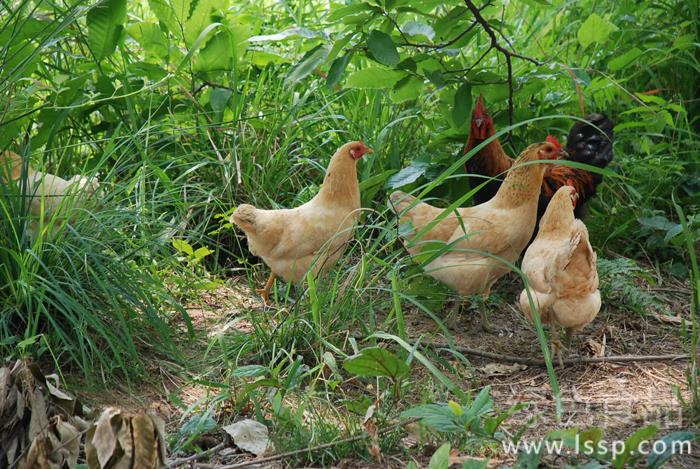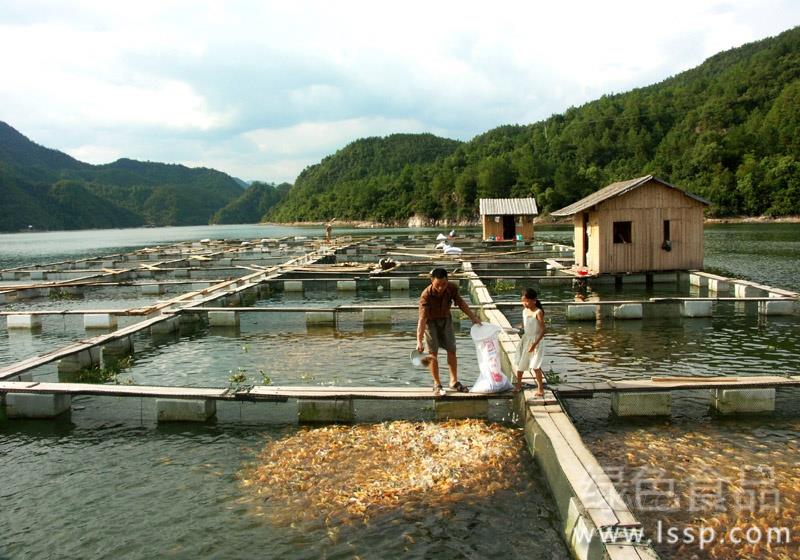The native chicken is more popular than the feed chicken. The new technology has high benefit in raising native chicken.
Raising native chickens, with a new scientific method, the survival rate of chicks can reach 95%. Within 50 days, the weight of chicks can reach 750 grams and the mortality rate is only 2.5%. The new technology of raising native chickens has a small investment but good benefits.

Native chicken
First, choose a good breeding egg and raise your chicks efficiently.
1. If there is dirt on the eggshell, do not wash it so that bacteria can take advantage of it. 2. Eggs should be kept away from more irritating items such as pesticides and chemical fertilizers. 3. The breeder eggs of the native chicken are placed in a cool and ventilated place at a temperature below 23 ℃. When stored, turn the eggs upwards once a day to prevent the eggshell from sticking to the yolk. In brooding, grasp three key techniques: (1) on the first day of brooding, keep 24-hour light, 30 ℃ ~ 34 ℃ and 70% humidity, and the temperature of brooding drops by 1 ℃ every day from the second day, the light decreases by half an hour, and the humidity remains the same. (2) the brooding density is 35 per square meter at the age of 10 days. The nursery should be ventilated twice a day. The feed of native chicken chicks should be fine, with green vegetables and insect scraps as the best. Feed regularly and rationally.
Second, raise in captivity and grow up healthily.
Farmers take advantage of the existing conditions to convert idle houses into chicken coops, or build sheds, or use fences and nets for a week. It is best to lay a layer of 10cm bamboo rafts off the floor of the chicken house, with a long row around the door. Clean and disinfect the chicken house regularly, ventilate and replace the bedding grass. The light of the chicken house should be adequate, the drinking water should be clean and adequate, and daily epidemic prevention should be done well. The specific methods were as follows: subcutaneous injection of chicken Marek vaccine from 1 day old to 4 days old, subcutaneous injection of chicken Xincheng vaccine emulsion or Zhongyun 1 vaccine emulsion from 5 days old to 13 days old, chicken bursa vaccine from 14 days to 35 days old, and Zhongwei II vaccine intramuscularly at 55 days old.
Third, the allocation of feed, reasonable nutrition.
Feed can be prepared according to local conditions. The percentage is: (1) Chicken: 45% of corn, 18% of broken rice, 12% of wheat, 20% of bean cake, 3% of fish meal, 2% of bone meal and appropriate amount of salt. (2) adult chicken (over 45 days old): corn 20%, broken rice 15%, wheat 10%, bean (bran) cake 30%, broken green material 20%, trace elements 3%, salt, baking soda 1%. Among them, fish meal and bone meal can be self-made, collect clam meat, livestock and poultry bones, dry them, bake thoroughly, and crush them.
Fourth, sell flexibly to improve efficiency.
The price of native chicken is much higher than that of fodder chicken, so the key to increase the income of native chicken is to sell native chicken. Native Roosters grow slowly after 750 grams and should be sold at this time. The departure or retention of hens should depend on the price of native eggs in the market, but weak hens should be sold in time.
- Prev

Five taboos of immune injection in healthy rabbits can be brought about by reasonable immunization.
Five taboos of immune injection in healthy rabbits can be brought about by reasonable immunization.
- Next

How to prevent perishable fish skin from rotting in cage culture
How to prevent perishable fish skin from rotting in cage culture
Related
- On the eggshell is a badge full of pride. British Poultry Egg Market and Consumer observation
- British study: 72% of Britons are willing to buy native eggs raised by insects
- Guidelines for friendly egg production revised the increase of space in chicken sheds can not be forced to change feathers and lay eggs.
- Risk of delay in customs clearance Australia suspends lobster exports to China
- Pig semen-the Vector of virus Transmission (4)
- Pig semen-the Vector of virus Transmission (3)
- Five common causes of difficult control of classical swine fever in clinic and their countermeasures
- Foot-and-mouth disease is the most effective way to prevent it!
- PED is the number one killer of piglets and has to be guarded against in autumn and winter.
- What is "yellow fat pig"? Have you ever heard the pig collector talk about "yellow fat pig"?

